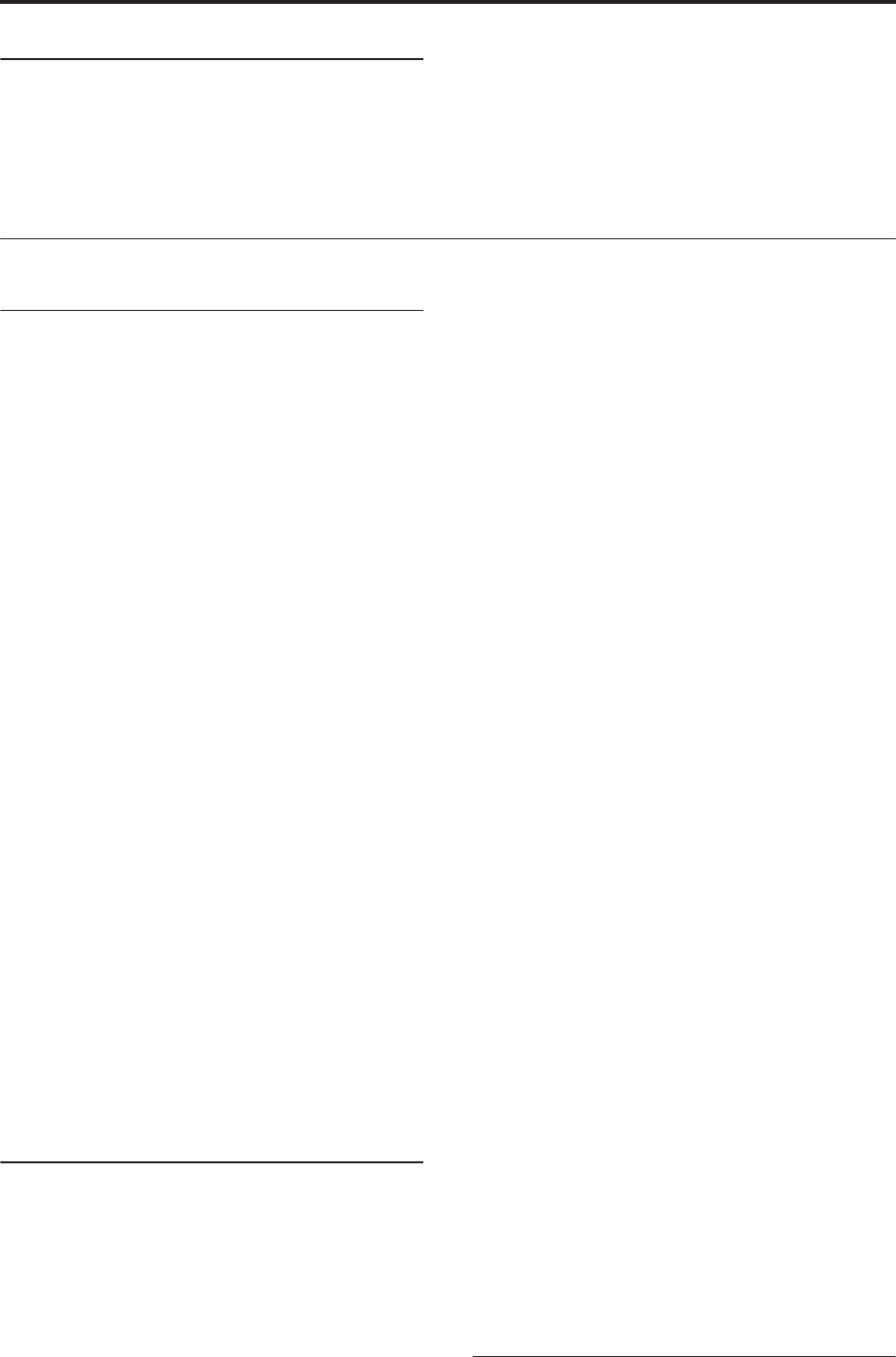
Settings for the entire OASYS (Global mode)
160
Drum Kits may be used by more than one
Program
When you edit a Drum Kit, all Programs that use that
Drum Kit will be affected. To avoid changing the
factory voicing, you may wish to copy Drum Kits to
empty locations in the USER banks before editing.
Editing Drum Kits
Basic Editing
1. Select the Program that you wish to use while
editing the Drum Kit.
For more information, see “First, select a Drum
Program,” above.
2. Press the front-panel GLOBAL button to enter
Global mode.
3. Go to the Sample Setup tab of the Drum Kit page.
4. Use the Drum Kit parameter, at the top of the
screen, to select the Drum Kit that you wish to
edit.
You can save this to a different memory location after
editing, if you like.
5. Use the Key parameter to select the note that you
wish to edit.
To select a key, you can use any of the standard VALUE
controllers (the slider, dial, numeric keypad etc.). As a
shortcut, you can also hold down the ENTER key and
play a note on the keyboard.
This Key selection applies to all three Drum Kit editing
tabs.
6. Use the Assign check box to specify whether the
key will have its own settings, or use the same
settings as the next higher note.
If Assign is checked, the key will have its own settings.
This is the default.
If Assign is not checked, the key won’t have its own
settings. Instead, it will use the same settings as the
next higher note–except that the drum samples will be
played at a lower pitch. The amount of pitch change
depends on the Pitch Slope parameter, on the OSC1
Pitch tab of the OSC/Pitch page.
Use this setting when you want only to change the
pitch, such as with tom or cymbal sounds.
Creating a velocity crossfade
For this key, let’s create a simple velocity crossfade
between two stereo drum samples.
1. On the left side of the screen, make sure that DS1
and DS2 are turned On.
Just press the On/Off buttons to toggle them, if
necessary.
2. Similarly, make sure that DS3 and DS4 are turned
Off.
When they are turned off, most of their parameters will
be grayed out.
3. Select ROM Stereo as the Bank for DS1 and DS2.
There are three main types of Drum Sample Banks:
ROM, RAM, and EXs. For each type, you can also
choose between looking at mono and stereo Drum
Samples. Note that stereo Drum Samples will require
twice as many voices as mono Drum Samples.
ROM Drum Samples are the built-in “factory” sounds,
and are always available. These are organized by
category, such as bass drums, snares, hats, etc.
RAM Drum Samples include Akai, AIFF or WAV files
loaded from disk, and samples created in Sampling
mode.
EXs Drum Sample banks are PCM expansion sets
created especially for the OASYS. Each has its own
unique number; for instance, the ROM Expansion is
EXs1, and the Concert Grand Piano expansion is EXs2.
Only the currently loaded EXs banks will appear on
this menu.
4. Press the Drum Sample popup for DS1.
This brings up a list of Drum Samples, organized by
category. Use the tabs at the left of the screen to browse
through the different categories.
For a list of the Drum Sample names, please see the
Voice Name List.
5. Select a Drum Sample by touching its name in the
list.
6. Press the OK button to confirm your selection.
7. Do the same for DS2.
Now that you’ve assigned Drum Samples to DS1 and
DS2, let’s set up the velocity ranges and crossfades.
8. Set DS2’s Bottom Velocity to 001, and its Xfade
Range to 0.
9. Set DS1’s Bottom Velocity to 80.
Now, DS2 will sound when you play softly, at
velocities of 79 or less–and DS1 will sound when you
play harder, with velocities of 80 or more.
You can also see this split visually, in the graphic on the
right side of the LCD.
10.Next, set DS1’s Xfade Range to 20, and its Curve to
Linear.
Notice that the graphic now shows the two ranges
tapering into one another. Between 80 and 100, DS2
will fade out, and DS1 will fade in, creating a gradual
velocity transition instead of a hard split.
Fine-tuning the sound of each sample
1. If you like, adjust the Levels for the two Drum
Samples.
